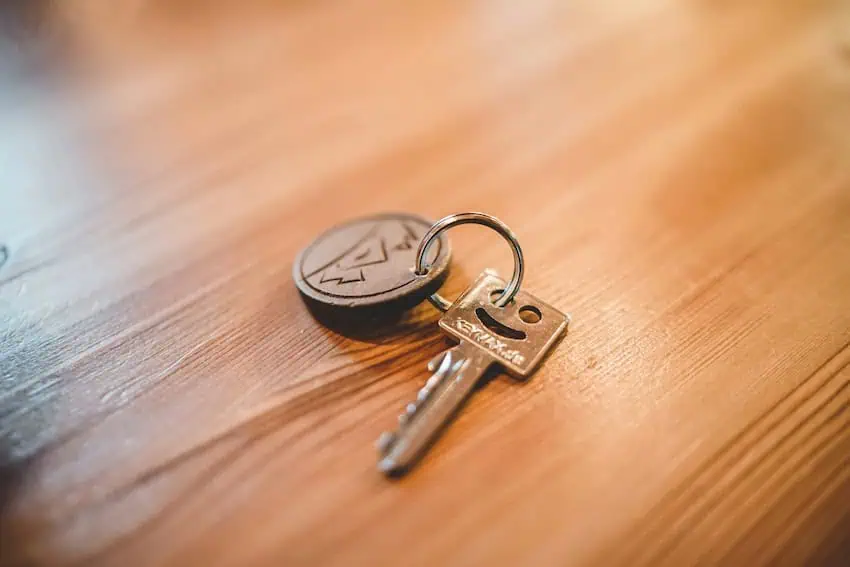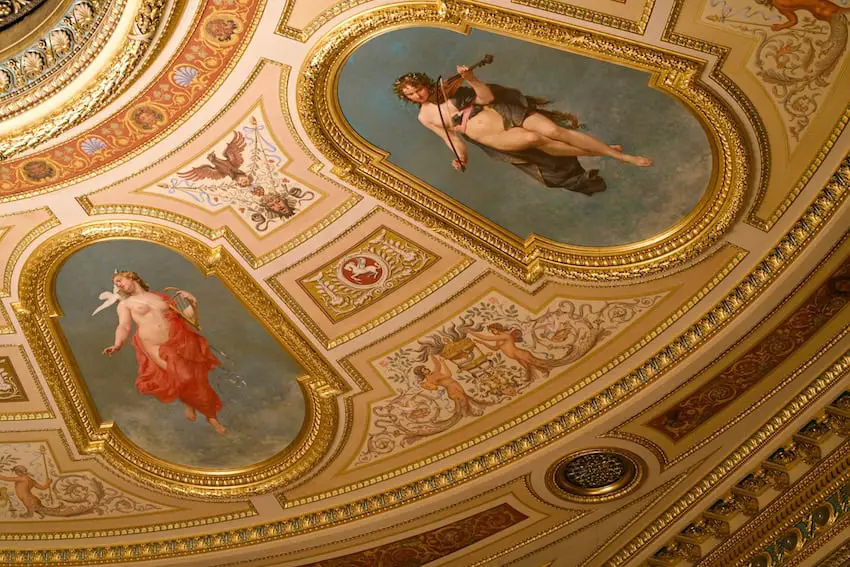If you’re planning on spending more than just a few months in Mexico, chances are you’re going to want to rent a place. That’s easy to say though, but when it comes to navigating the weirdly complex and unspoken rules of rentals in Mexico, things might get a bit tricker.
AirBnB is of course an option, though it tends to be on the pricier side. But if you’re hoping to stay for six months to a year or so to get a feel for a certain community, you’ll likely want to get into something slightly more settled.


And anyway, renting long-term if you’re not ready or able to buy is also something many people do, myself included. Though rents have been increasing of late — along with everything else — they are still quite accessible when compared to US rental prices.
It’s also a nice choice if you’re not ready to “commit” to one single place in Mexico. Moving around when you’re able offers nice flexibility, as does not having to deal with the hassles of being “married” to a place.
That said, renting is not without its hiccups. Fortunately we’ve covered this quite a bit at Mexico News Daily over the years! Look here for common contract requirements. Here’s an article about what to expect, and yet another one with simple decorating tips! Finally, here’s some essential Spanish for when you’re out on the hunt.
What can and can’t I do in a rental?


Your rental agreement — do not rent without one, trust me — should outline most things specifically. When in doubt about a particular change, you should, of course, ask your landlord. Generally speaking, though, here’s what you can expect to be able to do and not do in rentals.
You can usually:
- Paint. There’s a caveat here, though. While most landlords are incredibly happy to have you slosh up a new coat of paint at your own expense, they will usually stipulate that you need to leave it in its original colors before you leave.
This means you’ll likely be sloshing up two coats of paints at your own expense, which can get a little expensive and labor-intensive. For me personally, it’s worth it: I paint places even if I’m only there a year because good decor is near the top of my list of Important Things. For many it won’t be, though. Happy medium if you can’t resist: an accent wall, perhaps?
It’s possible that the landlord will also like the colors you picked out, and let you leave them. This was the case, I thought, in my last place, and I even did some touching-up before I left. In the end, the landlord decided he wanted it white after all, so used the security deposit to have it all repainted. Sigh. - Install things that can be removed, like shelving. One major issue I personally often have is a lack of storage space and safety features. The lack of light fixtures also bugs me, though I’ve gotten a little better at ignoring naked hanging bulbs. I have never lived in a big tourist area, but get the feeling that these might not be such a big deal there. Or maybe my budget is just too small?
In any case, you’ll likely want to make some adjustments, and your landlord may or may not be willing to let you make them “a cuenta de la renta.” This means, basically, that you pay for them but discount them from the rent, and they will stay in the place you’re renting. If they do not get counted toward rent, you should take them with you when you leave.
I’ve had some very good landlords, and over the years have had kitchen cabinets installed, safety railing put in on the stairs, and extra shelving put up. The owner of my current house even hired a carpenter to refinish all the cedar doors and windows in the house, no small task! Really, it’s just about good communication and setting expectations. - Use the rental address as your “comprobante de domicilio.” For most paperwork in Mexico, including immigration, the SAT, and opening a bank account, you’ll need to show proof of address. Many foreigners are worried about this, since their names are not on the water or electricity bills. Fortunately, that’s perfectly okay. They simply want to see an actual address where they can contact you.
Often the only bills that will be in your name are the internet if you decide to contract a different service. These services are often portable, unlike more permanent things like electricity, which will always be in the owner’s name.


You can’t usually:
1. Get your security deposit back. I know this is a big deal for some people. I always remember the words in a book referring to those of us from the U.S.: “They were Americans, so they expected to get a fair deal.”
Unfortunately, “a fair deal” is not always what you will get — at least what you might classify a fair deal. The security deposit is one of those things that, again, might be different in areas more accustomed to foreigners.
In my own case, though, I’ve not gotten it back once. And while many will tell you that it’s the “last month’s rent” and that one simply doesn’t pay for the last month, this is not technically correct. If you’re thinking of doing this, look over your contract closely. Even if you leave the place spotless, you’re likely not going to get it back, so write it off as part of the cost of doing business, and enjoy it as an unexpected surprise if you do get it back. Landlords typically use it to spruce up the normal wear and tear of the house, which tends to be extensive because of the way homes here are built.
2. Expect to find a refrigerator and and a stove/oven in an unfurnished rental. Though these are standard fare in apartments for rent north of the border, here it’s BYOA (Bring Your Own Appliances).
That means you’ll need to go shopping for a fridge and a stove, and a washer/dryer if you’re planning on using them. The good thing is that you can buy exactly what you want; the bad thing is that you’ll be responsible for any repairs. If you have a low budget, be sure to check Facebook marketplace, where lots of people sell theirs second-hand.
3. Make any structural changes to the house or garden. No knocking down walls, doors, or trees unless you can put them right back the way they were before you leave.
I myself decided to cut down the bouganvilleas in the yard. They’re thorny and impossible to tame, they tear up trash bags if you try to get rid of the trimmings, and the trash guys refuse to take them anyway since they get painfully poked. There’s really just no good solution if they haven’t been trained to grow a certain way from the get-go, and me and my family had been left bleeding one too many times. I decided to take a card from the Mexican playbook on that one: ask forgiveness, not permission.
So, we cut them down as short as we could. When the owner saw, she was devastated, and no explanation as to why we shortened them so would do, blood be damned. So guess what our next rental contract had in it? “Leave the bouganvilleas alone.” Ugh.
Again, remember to ask about anything you’re not sure of. Renting here gives you quite a few liberties — just make sure you’re not overstepping!
Sarah DeVries is a writer and translator based in Xalapa, Veracruz. She can be reached through her website, sdevrieswritingandtranslating.com and her Patreon page.
